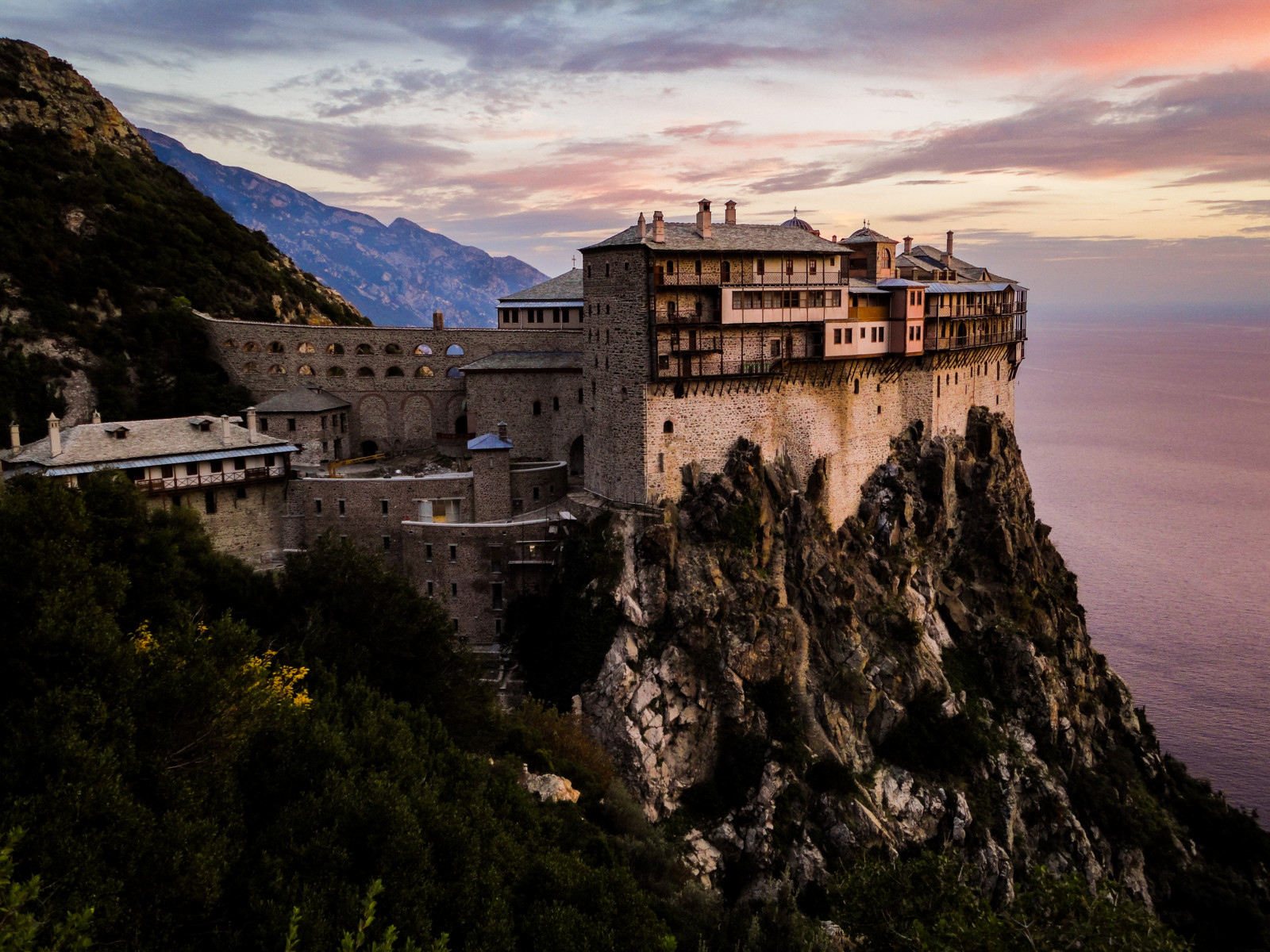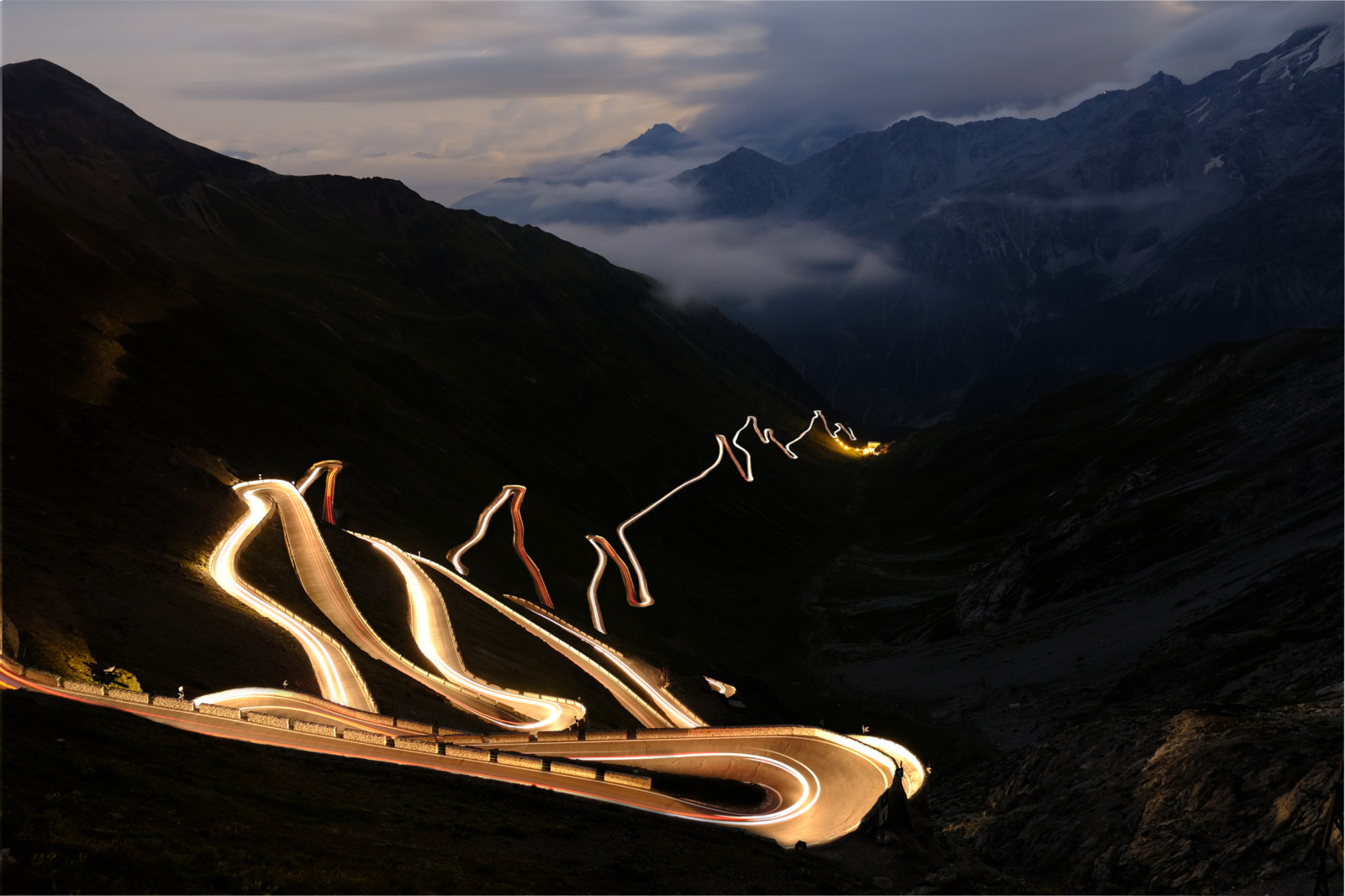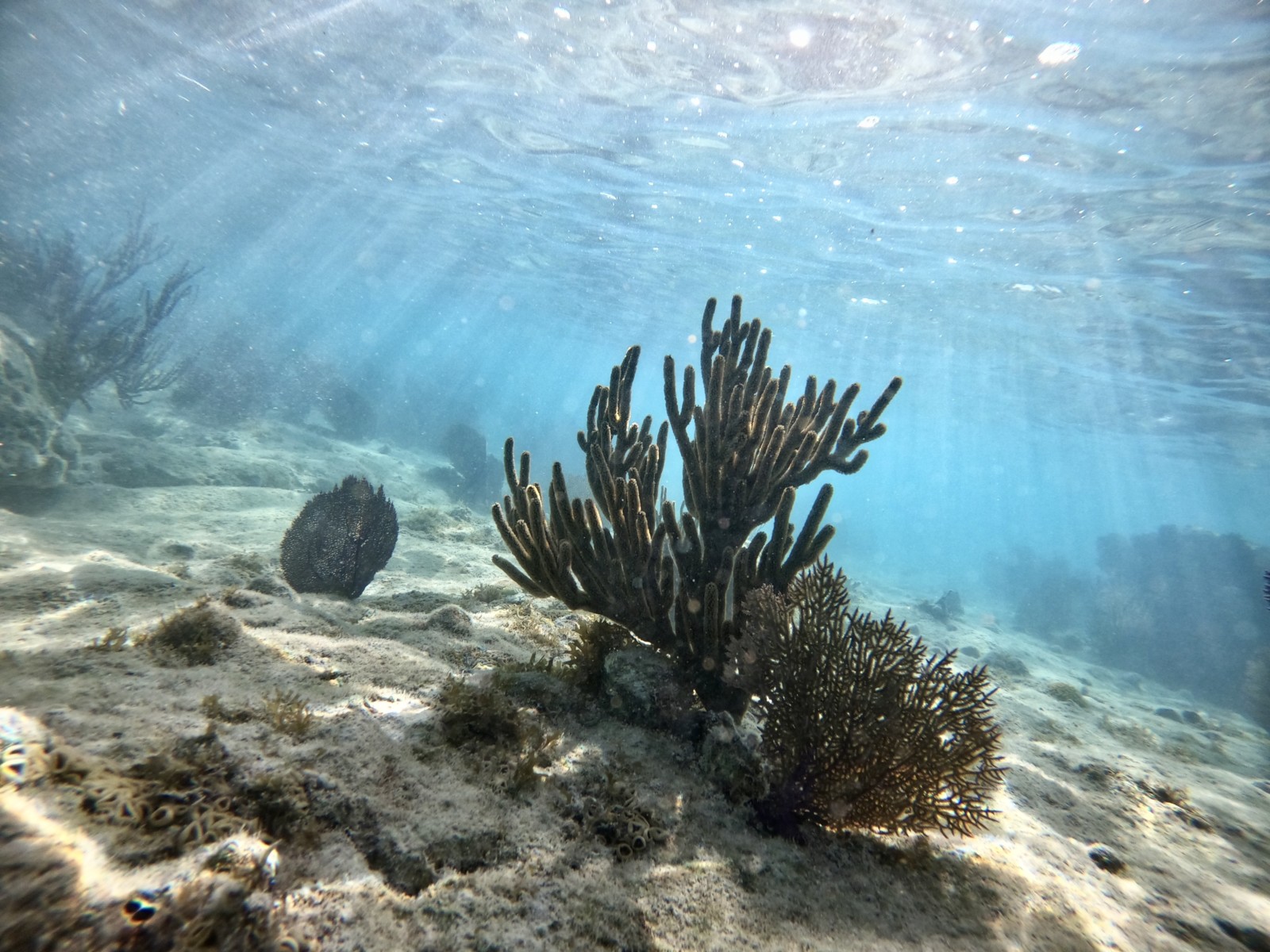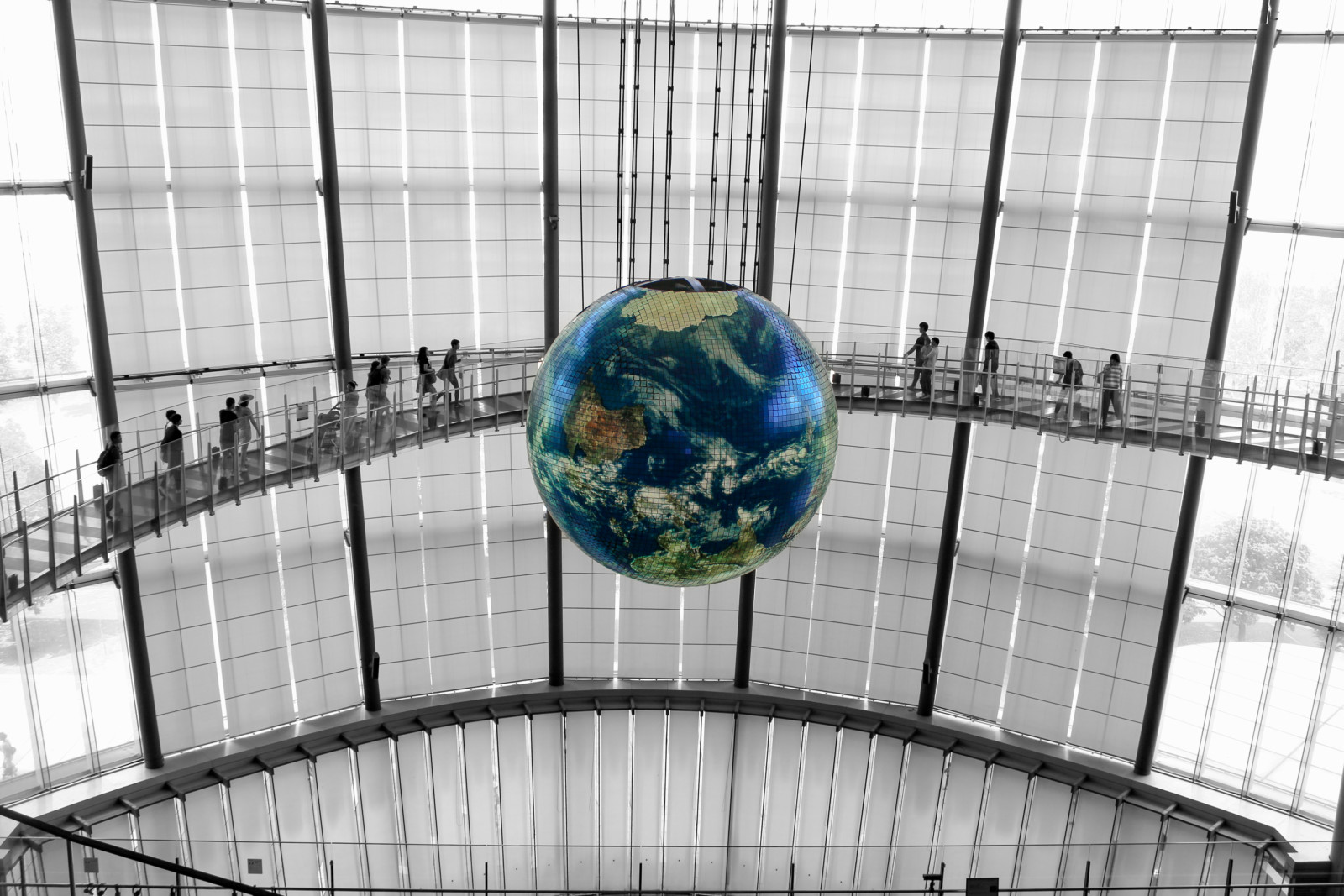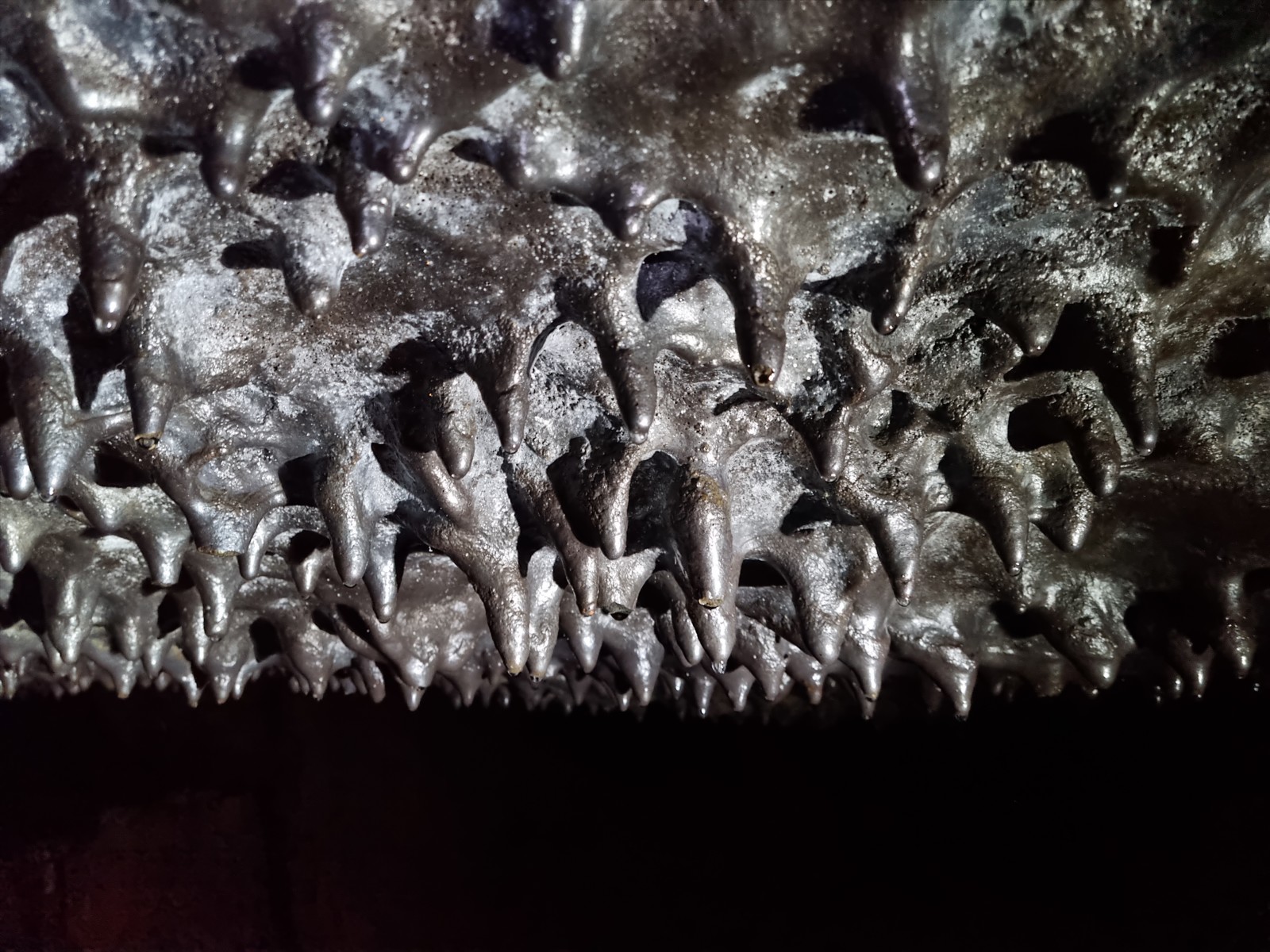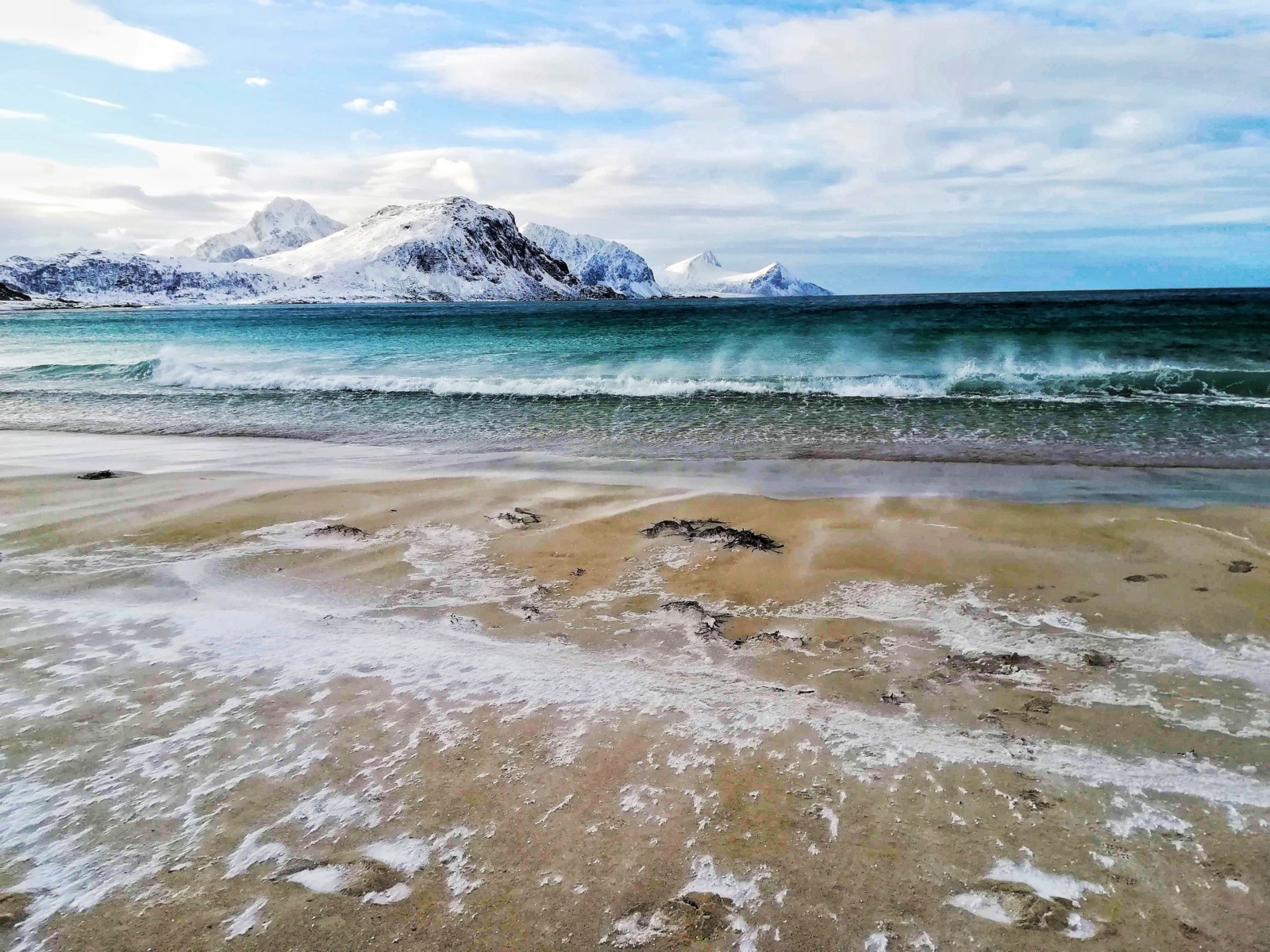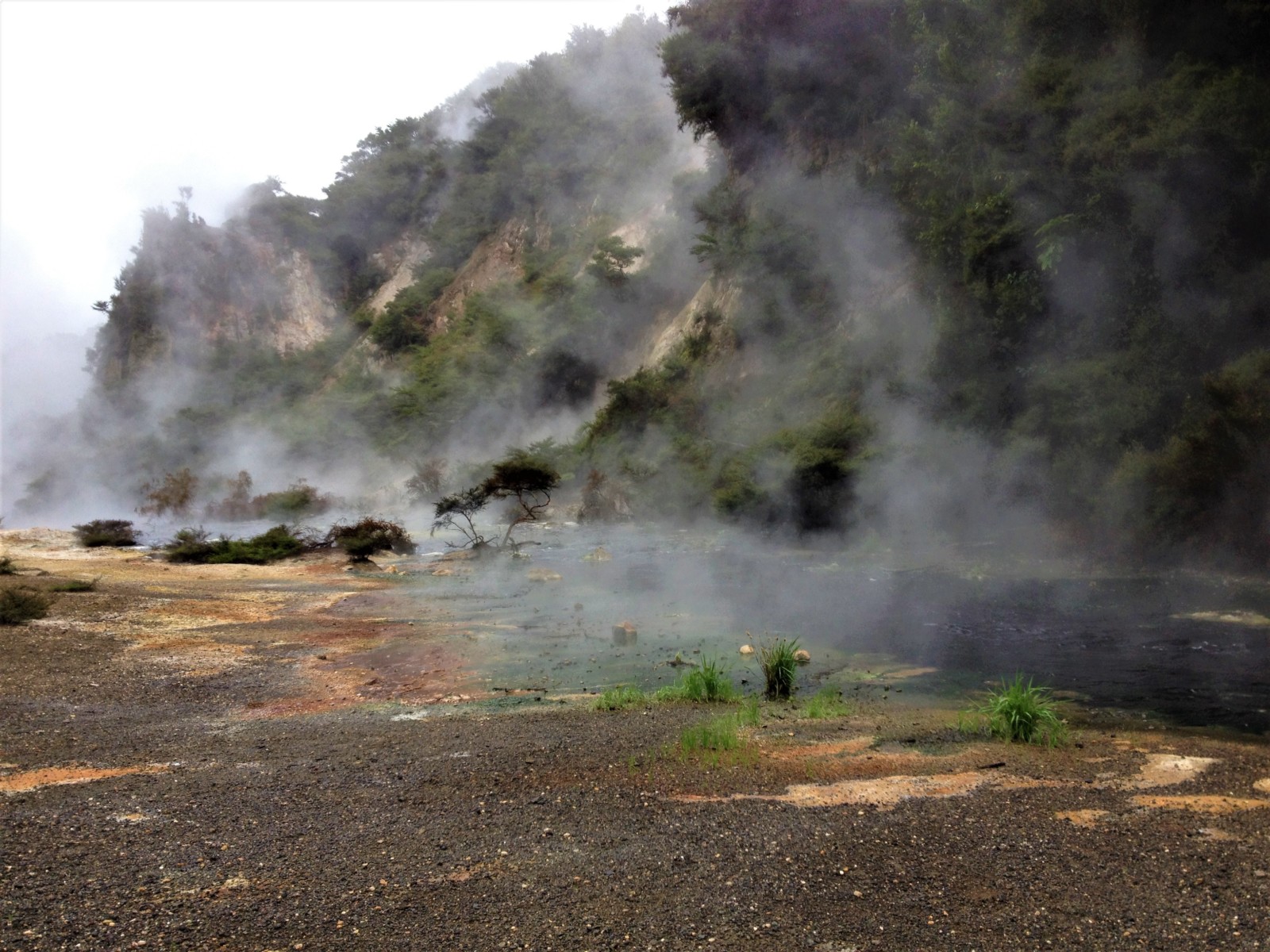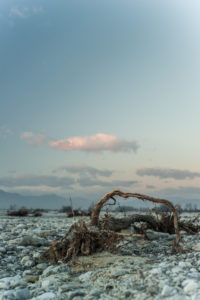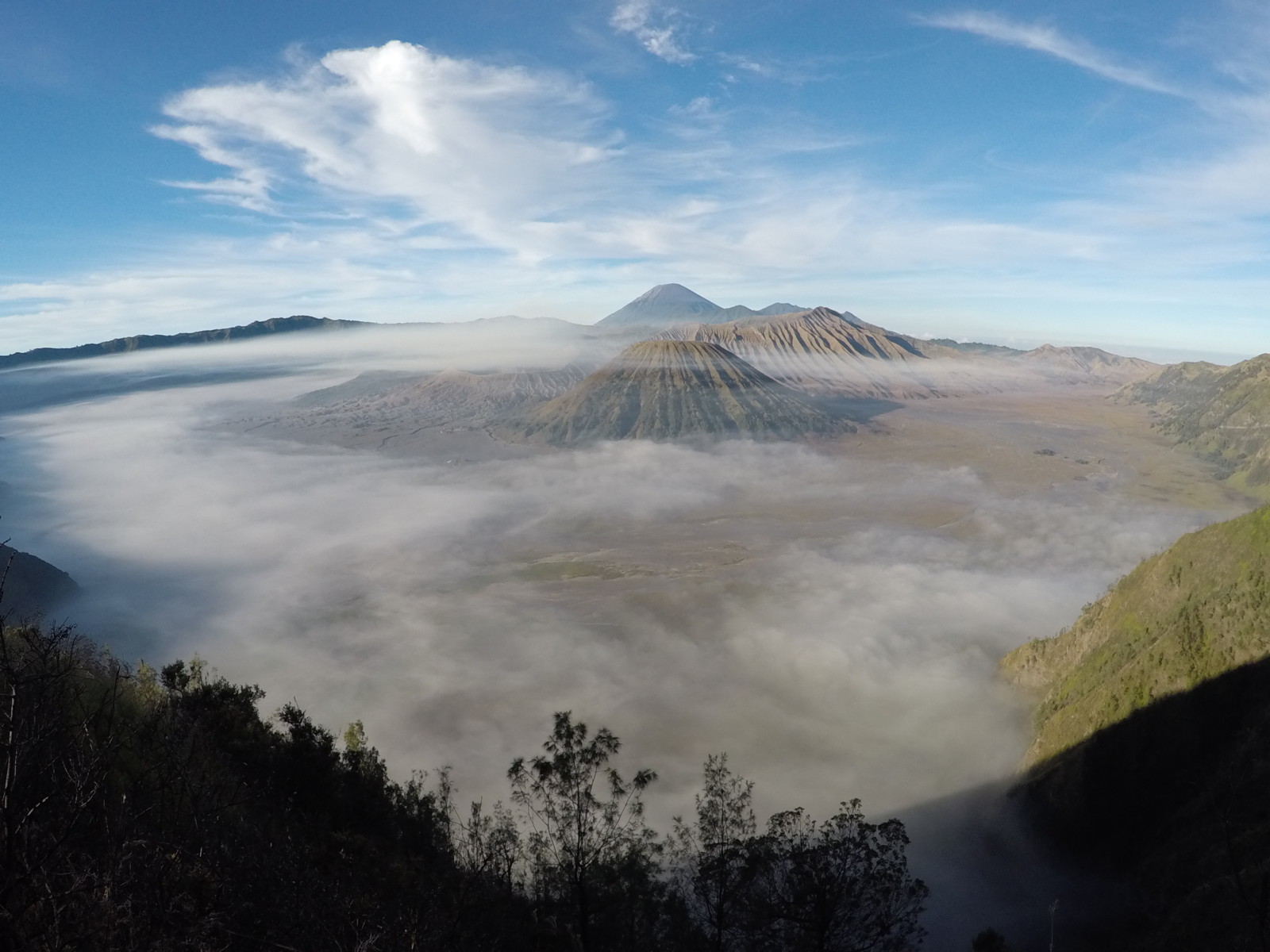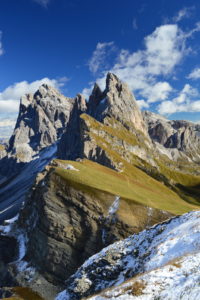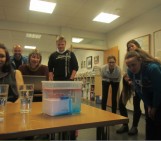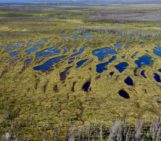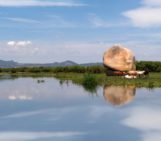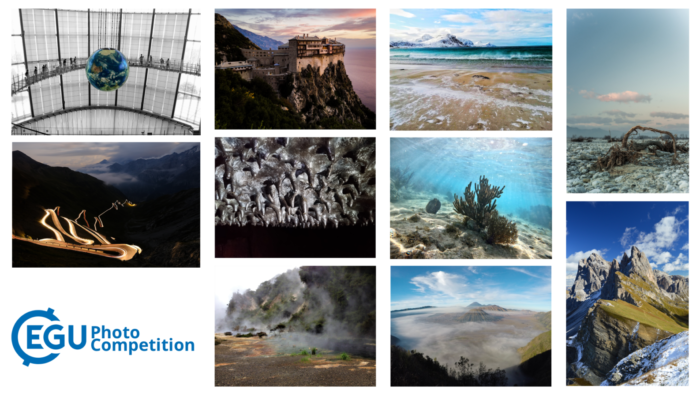
Now that our panel of judges has reduced the long list of hundreds of entries to just the top 10, it’s up to you to decide on which three photos will be our winners for 2022! The finalist photos are listed below and you can vote for them from Monday 23 May until Thursday, 26 May 2022 (voting closes at 18:00 CEST, 26 May). There are two ways that you can vote – the first is on-site in Vienna, where we will have a voting screen available all meeting in the EGU Booth, the second is online by following this link!
The three photos with the most votes will be announced as our EGU22 winners, online at midday on Friday 27 May!
Our Top 10 Finalists:
A peaceful sunset view of Byzantine engineering by Athanasios Serafeim
Sunset view of the Simonopetra (Greek: Σιμωνόπετρα, literally: “Simon’s Rock”) Monastery, on the southern coast of the Athos peninsula, in Northern Greece. The monastery, which was built during the 13th century, is located at an altitude of 300 meters from the sea level, on a granite rock hillside and is one of the most daring buildings of Byzantine engineering, as it is a seven-storey tower building. The whole peninsula is an UNESCO world heritage site and is protected since 1988.
Moving lights at night on mountain road at Stelvio Pass by Roberta Paranunzio
A car in the night breaks the calm and silent darkness of the mountains on the hairpin bends of the stunning Stelvio Pass in the Alps (Bormio, Italy). View from Stelvio Pass over the eastern side (Trentino-South Tyrol, Italy).
Under the Sea at Ferry Point by Josue G Millan
Underwater shot of shallow coral reefs by Burnt Point Fort, Bermuda. I took this picture while exploring the island during my time at the Bermuda Institute of Ocean Sciences.
Meeting place: Planet Earth by Grace Shephard
A suspended globe with visitors walking towards it from both directions. This composition gives an impression that the museum visitors are meeting at the Planet Earth. Photo taken at Miraikan – the National Museum of Emerging Science and Innovation in Tokyo, Japan. At the moment the photo was taken the projection shows a satellite image of the Earth – just upside down – or an antipodean pun of “Down Under On Top.” There are many tesselated tiles – electroluminescent panels – that make up the projection, utilizing over 10 million pixels. The background of image turned black-and-white but globe remains coloured.
Frozen dripping lava in a lava cave by Ágnes Király
At the roof of the lava-tube drips are formed from the remaining lava. These drips look very similar to stalactites (especially with the water droplets at their ends) but formed quicker, and will not grow anymore.
Wind against the waves by Melanie Biausque
Wind fighting waves in Norway, photo captured in winter.
From eruption to mystic landscape by Caterina Barrasso
Waimangu Volcanic Valley (New Zealand) generated from the volcanic eruption of Mount Tarawera in 1886. In the photo, the Frying Pan Lake’s overflow stream from the hot spring. The shores of the stream are covered with silica formations and mineral deposits of varied colours, while the stream bed hosts blue-green algae and colonies of Chloroflexus aurantiacus.
Tired tree remains on riverbed by Jacopo Furlanetto
When floods rage in the Meduna river, in Friuli Venezia Giulia Region (Italy), trees are ripped from their houses and dragged on the rocks by the raging waters. Eventually, in this desert of white stones, some of the trees are left like defeated warriors, trying to rise and stand up one more time under the fading sun. The Meduna river is a peculiar ecosystem, a vast land of white rocks from time to time overwhelmed by floods.
Morning view of volcanoes in Java, Indonesia by Naveen Ragu Ramalingam
Panoramic view of Mount Bromo crater, Mount Batok, and Semeru.
Fall in the Dolomites by Luca Barale
High peaks made up of Middle Triassic platform carbonates, laterally passing to basinal sediments (foreground). Odle Group, between Gardena and Funes valleys (BZ, Italy).

